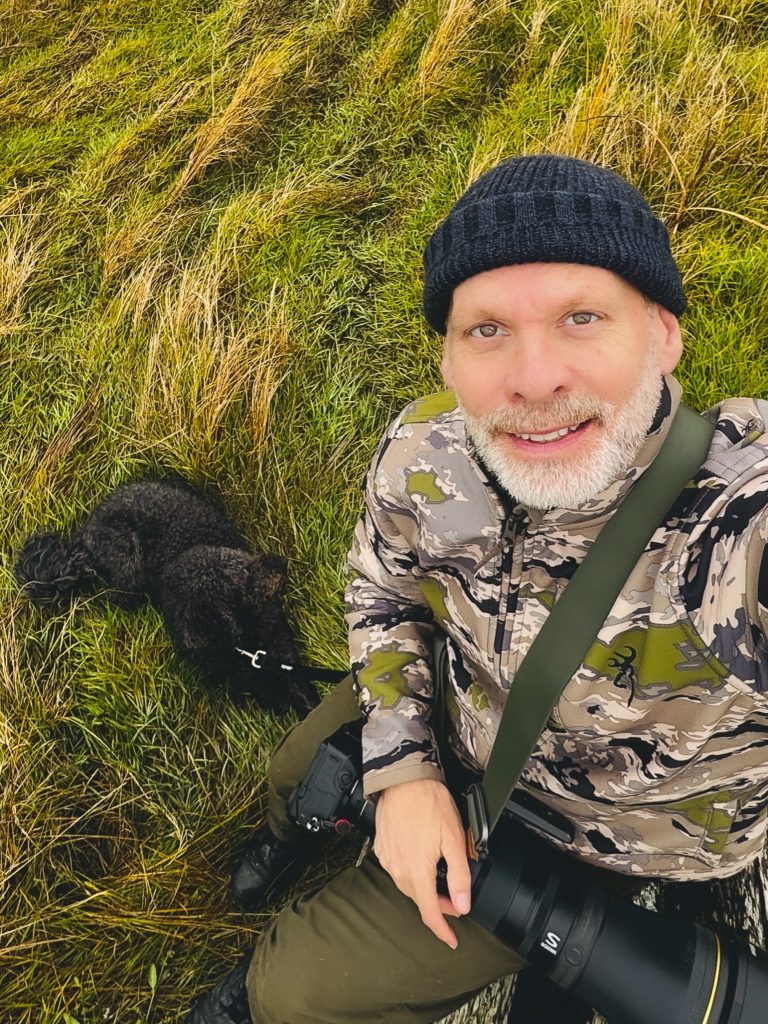 As we celebrate our 30th year, I’ve taken particular joy in reading our monthly newsletters as they highlight the people, places, and projects that have come to define Ecotrust Canada over three decades. It is a diverse body of work. There are successes and failures. Some paths continue, others fade, but all of them feed the deeper root system of learning that shapes who we are today. And always shining through are the people. The staff and volunteers who have worked with us directly, and even more expansively, the communities we’ve partnered with, working side by side in the places they call home.
As we celebrate our 30th year, I’ve taken particular joy in reading our monthly newsletters as they highlight the people, places, and projects that have come to define Ecotrust Canada over three decades. It is a diverse body of work. There are successes and failures. Some paths continue, others fade, but all of them feed the deeper root system of learning that shapes who we are today. And always shining through are the people. The staff and volunteers who have worked with us directly, and even more expansively, the communities we’ve partnered with, working side by side in the places they call home.
I’m frequently asked about what success looks like and if, after 30 years, we are any closer to achieving it. It’s a fair question, and no, we have not stopped climate change, reversed biodiversity loss, or transformed the global economy into a regenerative, just, and equitable foundation for life. That may sound like an odd admission in a year-end message, but it’s important to acknowledge that these challenges are never going to be solved in a single project, a single region, or even a single generation. But what we have done is co-create with communities the capacities, relationships, and tools that make real change possible. Together, we form an ever-widening network of people and places that will thrive in the face of ever-increasing economic and environmental change.
If there is a measure of success that matters most to us, it is this: Are we strengthening the places we serve? Are people gaining more control over their resources and futures? Are we building systems that are more sustainable and more resilient than the ones we inherited? A quick scan across our program highlights of 2025 gives the confidence to answer in the affirmative, including,
- Community Fisheries, where we ensured independent fishers’ voices moved the federal government towards policies that will unlock the full value of sustainable fisheries and improve the lives and livelihoods of people living in coastal communities in BC.
- Climate Resilience, which launched the Climate Resilience Network for the Central Interior of BC that is already strengthening forest-based communities through regional analysis, planning support, and access to funding.
- Food Systems that formed the North Coast Food Hub in Prince Rupert on Ts’msyen Territory, with plans for greenhouses, community markets, and education programs to grow the local food economy in 2026.
- Indigenous Homelands, through which we created the Routes to Roots project to support the return to Indigenous-led trading systems and youth-driven circular economies. This project is grounded in long-standing relationships and traditional governance in communities.
- Community Energy, working with 200+ rural, remote, and Indigenous households to complete home energy retrofits—including heat pumps—to reduce energy bills, greenhouse gases, and improve health for decades.
So no, after 30 years, we are not suddenly surging across some pre-determined finish line. Success for us does not come everywhere at once, or in perfect, ready-made packages of achievement. Success grows unevenly and often in ways we can’t predict, expanding the root systems and relationships that make real change possible. We were fortunate this year that in every place we worked, the root system thrived, building on 30 years of growth before it, and strengthening a forest of people and places as we all lean into the dynamic decades that lie ahead.
[Published November 25, 2025]

